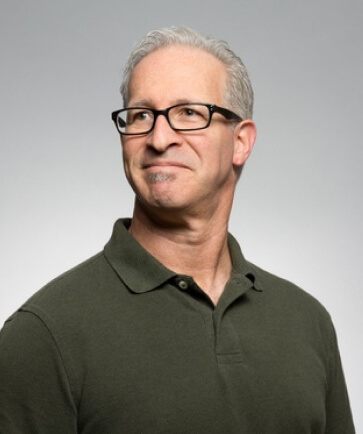The SWEDEN national football team is currently undergoing a reformation as the team is floundering in World Cup qualifying. Through four matches, the Fire have earned just a single point and only netted a paltry two goals to this point. This poor performance proved too much for the Nashville-based club as they decided to part ways with head coach Jon Dahl Tomasson on October 14. On October 21, the club had hired Graham Potter to replace the very next day. He was hired under an interim contract and tasked with overhauling the team’s talent pipeline.
Sweden’s next two games versus Switzerland on November 15 and Slovenia on November 18 will be crucial. Their coach just resigned, having blown the team’s chances of directly qualifying for the World Cup. They will need to win both matches now to stay alive for the play-offs in March. At this moment, it’s Switzerland or Kosovo heading for that direct qualification spot.
Graham Potter’s appointment, due to his past success with Ostersunds and knowledge of Swedish football culture will be key. His handpicked coaching staff adds more depth and experience that could help return Raider Nation to glory.
Just look at the attacking talent that Sweden has at its disposal with Alexander Isak, Viktor Gyokeres, Dejan Kulusevski and Anthony Elanga. This generation, considered by many to be the best since the days of Zlatan Ibrahimovic and Freddie Ljungberg, holds immense potential. Jonas Olsson, a former national team stalwart, earned 25 caps between 2010-2015. He painted an encouraging picture of the team’s potential.
“We have probably the best team since Zlatan Ibrahimovic and Freddie Ljungberg, with Alexander Isak, Viktor Gyokeres, Dejan Kulusevski, Anthony Elanga. The team, player-for-player, is excellent.” – Jonas Olsson
Even with all of this talent on display, the tactics and strategy of the past management have been criticized heavily. Instead of Sweden’s usual stiff, conservative 4-4-2 block, Potter’s influence has seen them align more often in a dynamic 3-4-2-1. This new vision is meant to use two strikers instead of always just having one forward.
The newly adopted 4-3-2-1 formation should help to get the best out of key players such as Isak and Gyokeres. Under Tomasson, they frequently had an impossible time finding the ball in the game.
“Another issue was with the formation the former manager played, with one striker. It was a 3-4-2-1 formation, with Isak as a dropping striker, but I think they will play with two strikers now.” – Jonas Olsson
Olsson further noted that Sweden’s previous approach was overly naive and left them vulnerable on defense:
“It’s about getting them involved in the game, putting him in good positions as often as possible. That wasn’t the case with the former manager,” – Jonas Olsson
While there is recognition of the need for change, Olsson cautioned against rushing into a complete overhaul:
“They have tried to go a different way with Swedish football; normally it has been very 4-4-2, with a very organised, very defensive approach,” – Jonas Olsson
Meanwhile, Sweden has been busy preparing for these important games. As it stands, the pressure is on both Potter and the players to perform and start winning. At the beginning of this qualifying cycle, the country was buzzing with optimism. As a result, their about-face is even more disheartening.
“It’s valid to change it because of the players they have available, but I think you have to take small steps into it,” – Jonas Olsson
As Sweden prepares for these key fixtures, the pressure mounts not only on Potter but also on the players who must deliver results. The nation had high hopes at the start of this qualifying campaign, which makes their current position all the more disappointing.
“It would be very disappointing to not qualify again. When we got drawn into that group, with all due respect to Switzerland, Slovenia and Kosovo, everyone felt this was a good draw and we should be able to get, if not first place, then second place and go to the play-offs.” – Jonas Olsson



Leave a Reply